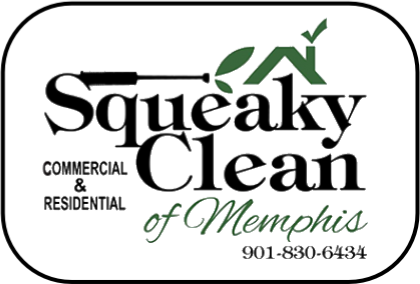Lakeland’s Lake District is beautiful—and humid. Breezes off the water keep patios cool but also encourage algae on siding, rooflines, stone steps, and dock boards. A smart exterior cleaning plan restores color and traction while protecting landscaping, grout, and joint sand. Here’s how to keep lake homes looking crisp from curb to shoreline.
Diagnose the microclimate first
Start with a quick walk-through. Note shaded walls, drip lines under gutters, and splash zones near downspouts and pool edges. On hardscapes, look for slippery film along the north side, leaf tannin stains beneath trees, and orange halos from metal furniture or irrigation. Photograph the worst areas; it helps verify results and answer HOA questions if needed.
Siding and trim: chemistry over force
Vinyl, painted brick, and fiber-cement respond best to a calibrated soft approach. Pre-wet plants, apply the correct detergent mix to break down organic growth, allow a short dwell, then rinse evenly with wide fan tips. Keep stand-off consistent around windows and trim to prevent streaks. On older masonry, test a small patch to confirm dwell time and rinse distance before scaling up.
Roof streaks: treat, don’t blast
Those dark streaks are usually algae feeding on shingle filler. Manufacturer-approved, low-pressure roof treatment targets the growth without lifting tabs or stripping granules. Choose a mild-wind day so application stays on the roof, not on shrubs or lake water features, and rinse fixtures and glass afterward for a spotless finish.
Patios, pool surrounds, and walks: even, non-slip results
Concrete and pavers benefit from steady, overlapping passes with a surface cleaner. Pre-treat algae where people step barefoot, especially near pool ladders and door thresholds. Keep PSI within safe limits, reduce force at edges to protect joints, and rinse toward approved drainage so dirty water doesn’t streak the curb or flood beds. If joints are low, plan to re-sand after drying; a breathable sealer can lock in the refreshed look while maintaining traction.
Docks, stone steps, and lake-adjacent features
Dock boards, stone landings, and retaining walls demand nuance. Use a wide-fan pattern at greater distance to avoid etching stone or shredding wood fibers. Verify cleaner compatibility with lake-safe guidelines; work in contained sections and guide runoff away from the waterline. Finish with a neutralizing rinse where appropriate, then check handrails and cleats for residual spotting.
Landscaping and water protection
Lakeland yards showcase ornamental grasses, hydrangeas, and fresh mulch. Shield delicate beds, pre-wet thoroughly, and divert rinse water with pads or curb socks. Keep solutions off unsealed wood and aging electrical covers. After the final rinse, a quick walk of the dripline and window sills prevents mineral spots that distract from the overall clean.
Timing that fits Lakeland living
Spring clears winter film before pollen peaks; fall resets surfaces ahead of cooler, damp weeks. If you’re hosting, schedule at least several dry days for any re-sanding or sealer to cure. Pair patio work with a front walk refresh so the home reads clean from street to shoreline.
What a professional visit should include
Expect a written scope, plant-safe chemistries, stain-specific pre-treatments, surface cleaners for uniformity, careful edge work, and tidy water management. The walkthrough should confirm safer traction on steps, clean gutter faces, no residue on glass, and protected beds.
Ready to keep your Lake District home bright and safe underfoot?
Book Squeaky Clean of Memphis for expert pressure washing that restores siding, roofs, patios, and dock areas while protecting your landscaping. Keep the momentum with our next local guide: Collierville Town Square Ready: Whole-Home Pressure Washing.
